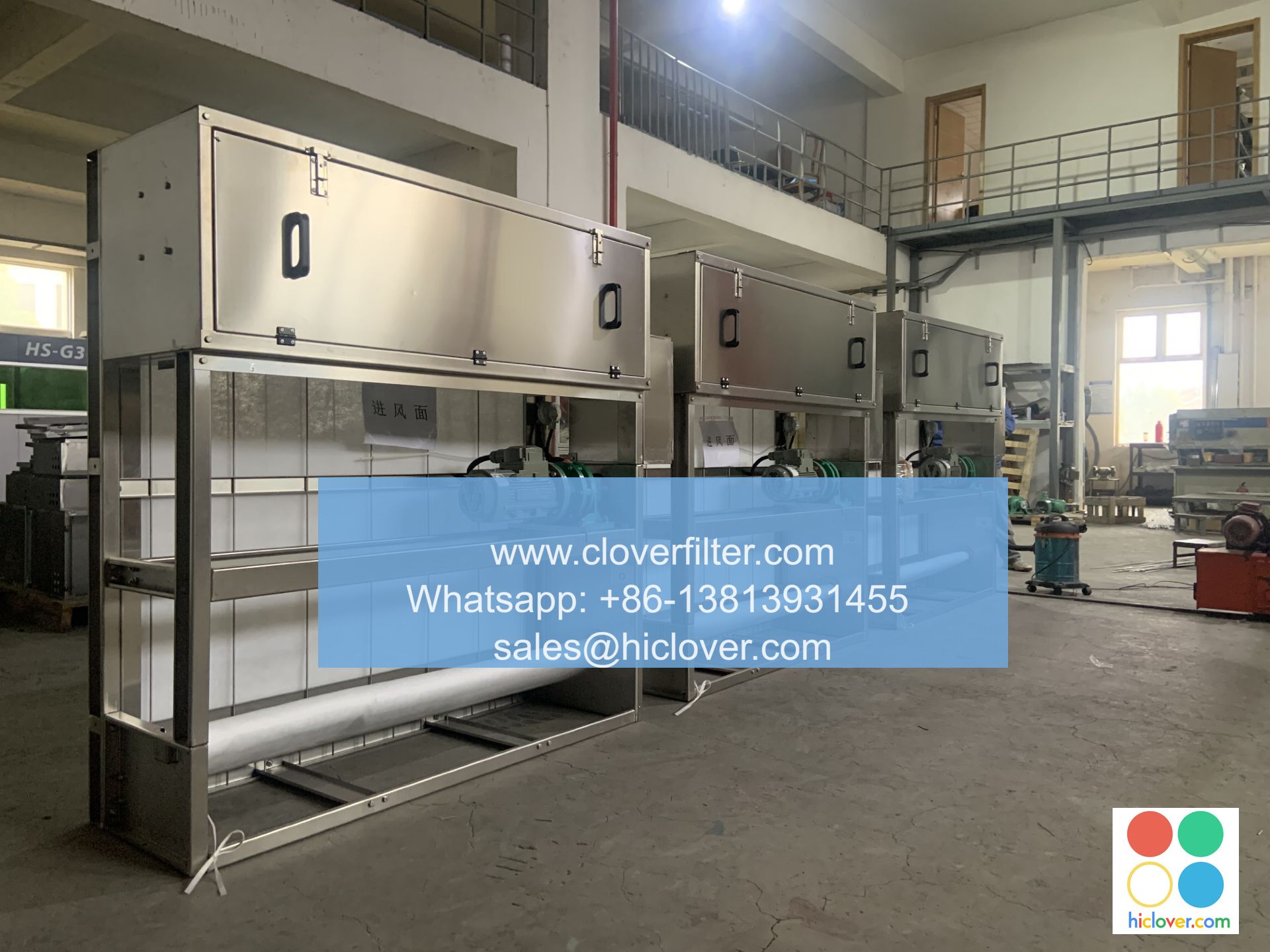The Effectiveness of Air Filters in Removing Volatile Organic Compounds

Volatile Organic Compounds (VOCs) are a class of airborne pollutants that can have serious health and environmental impacts. These chemicals, which include Benzene, Formaldehyde, and Acetone, can be found in a variety of sources, including paints, adhesives, cleaning products, and building materials. In recent years, there has been a growing concern about the effects of VOCs on indoor air quality (IAQ) and the potential health risks associated with them. One of the most effective ways to remove VOCs from the air is through the use of air filters, which can be installed in heating, ventilation, and air conditioning (HVAC) systems or used as portable air purifiers.
How Air Filters Work
Air filters work by using a combination of mechanical and chemical processes to capture and remove VOCs from the air. The most common type of air filter used to remove VOCs is an activated carbon filter, which is designed to capture and neutralize gaseous pollutants. These filters typically consist of a porous carbon material that is treated with chemicals or catalysts to enhance its ability to capture and break down VOCs.
Effectiveness of Air Filters in Removing VOCs
The effectiveness of air filters in removing VOCs depends on a variety of factors, including the
Application Areas
Air filters can be used in a variety of application areas to remove VOCs and improve indoor air quality (IAQ). Some of the most common application areas include:
* Commercial buildings: Office buildings, schools, and hospitals can benefit from the use of air filters to remove VOCs and improve IAQ.
* Industrial facilities: Factories, warehouses, and other industrial facilities can use air filters to remove VOCs and other hazardous air pollutants (HAPs).
* Residential homes: Homeowners can use portable air purifiers or install whole-house air filtration systems to remove VOCs and improve IAQ.
* Transportation systems: Air filters can be used in vehicles, trains, and airplanes to remove VOCs and improve IAQ.
Key Considerations
When selecting an air filter to remove VOCs, there are several key considerations to keep in mind. These include:
* Filter type and quality: Look for high-quality air filters with a high capture efficiency and a long service life.
* Airflow rate: Make sure the air filter is designed to handle the airflow rate in your specific application.
* Maintenance and replacement: Regularly maintain and replace air filters to ensure optimal performance and effectiveness.
In conclusion, air filters can be an effective way to remove VOCs and improve indoor air quality (IAQ). By understanding how air filters work and the key considerations involved in selecting an air filter, individuals and organizations can make informed decisions about how to remove VOCs from the air and create a healthier and more sustainable indoor environment. Whether you’re looking to improve the air quality in your home, office, or industrial facility, air filters can be a valuable tool in the fight against VOCs and other hazardous air pollutants (HAPs). It seems like you didn’t include a prompt for me to respond to. Could you please provide more details or clarify what you’re looking for? I’m here to help with any questions or topics you’d like to discuss!

